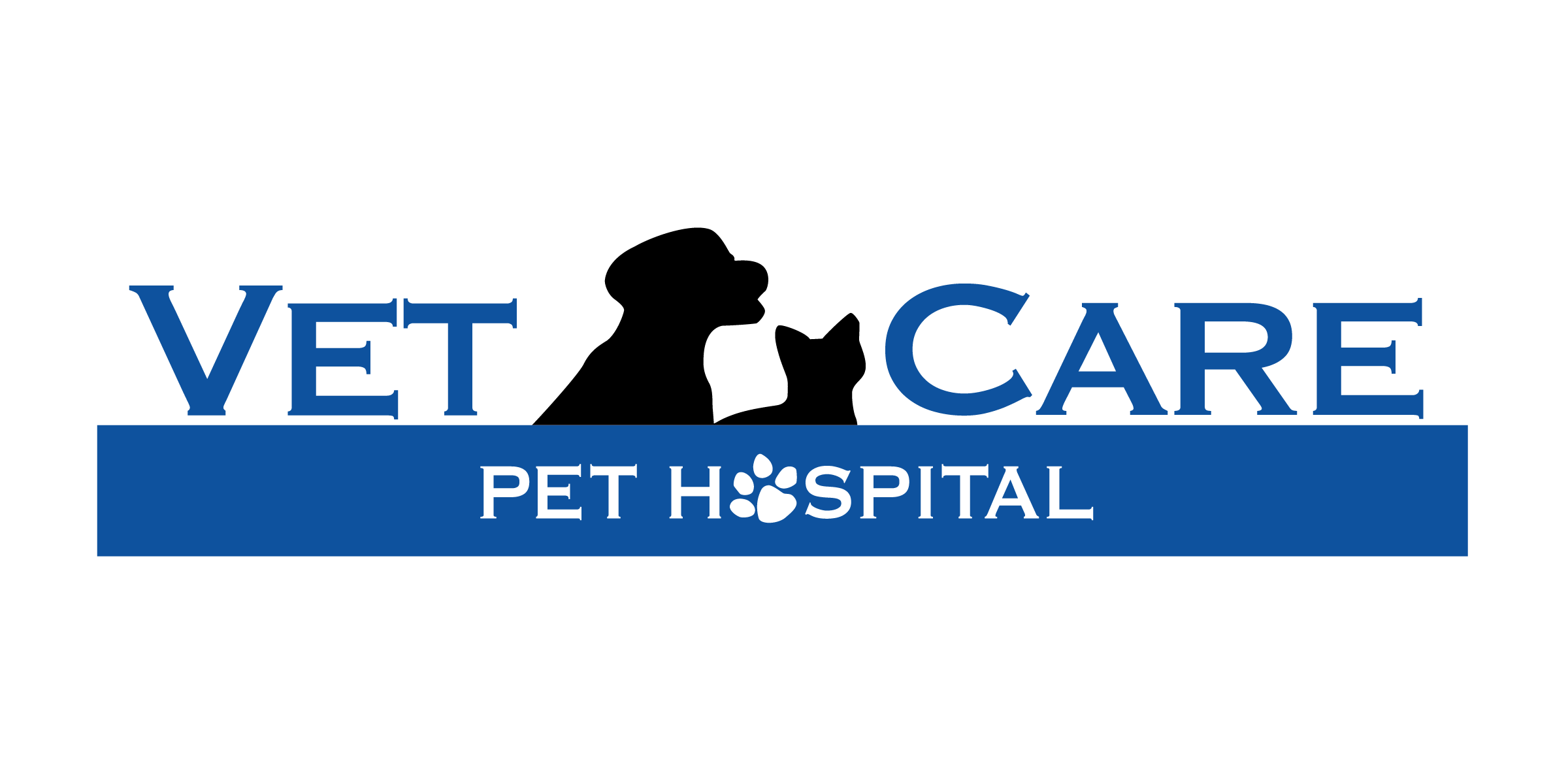#1: Female cats and dogs should go through one heat cycle or have one litter of puppies before being spayed.
There is no evidence showing any health benefits from allowing cats and dogs to experience a heat or a litter before being spayed. This common belief is helping add to the overpopulation issue shelters and rescues are facing today. Spaying is a simple way to prevent plenty of common and often fatal reproductive diseases, and can help reduce the risk of many other future medical issues for your pet. There is also more risk to the surgery once the animal has experienced a heat or a litter because there is more blood flow to the uterus. We recommend spaying (or neutering) your cat or dog around 6 months of age.
#2: Flea and tick products are a waste of money – just feed your dog a lot of garlic!
Garlic shouldn’t ever be given to your dog for any reason because it can be toxic. Too much garlic can cause anemia and GI problems. It is best to talk to your veterinarian about the best options for flea and tick prevention. There are plenty of great products on the market these days that will work better, work safely, and not break the bank!
#3: Cats and dogs that stay indoors don’t need to go to the vet.
Pets that live indoors definitely do tend to be healthier and have a lower risk of contagious disease. However, there are many preventable diseases that can be passed to your pet when they become airborne and even on our shoes and clothing. If you have another animal in the house that goes outside, that also puts your indoor pets at risk for disease and parasites. Vaccines can save your pet’s life from many terrible diseases. Their health can also be put at risk from improper diet and exercise. An annual physical exam can catch many medical issues early and when the chances of treatment and recovery are much higher. If
#4: Cats need to drink milk.
While it was commonly believed in the past that cats are supposed to drink milk (and many cats do love the taste of it), it is actually now known that our cats’ GI systems do not have the ability to break down lactose found in dairy. This causes them to get diarrhea, vomiting, and other issues. Instead, make sure you always have fresh water available to keep your kitty hydrated.
#5: If your pet has worms, you will see them in their poop.
The majority of animals with worms will only shed microscopic eggs in their feces and not whole worms. An exception to this is tapeworms, which shed small rice-like segments in the poop visible to the naked eye. If you do see whole worms in your pet’s poop, they are likely heavily infested. Bringing in a fresh stool sample to your vet clinic for microscopic evaluation will allow us to detect what specific worm, if any, your pet is infected with so we know which dewormer medication will work best in eliminating the problem.
#6: Declawing is just like a permanent nail trim.
Declawing is the surgical amputation of the first joint of each toe. It is a very painful procedure that requires general anesthesia and medical pain management during and after the surgery. 50-80% of cats suffer from one or more medical complications post-surgery, including pain, bleeding, paw pad lacerations, swelling, lameness, nerve damage, infection and claw regrowth. Recovery time can take anywhere from 3 days to 2 weeks. Some studies have found lameness after a declaw procedure, some lasting 3 days and some lasting years. Claw regrowth has been seen anywhere from weeks up to 15 years post-surgery. For all of these reasons, it is very important to get all of the proper information about the procedure from your veterinarian before making the decision to get your cat declawed.
#7: Cats don’t need exercise.
Cats need mental stimulation and physical activity. There are plenty of toys and games available to keep you cats active and at a healthy weight. You should try to spend 10-15 minutes a few times each day engaging your kitties in some sort of physical activity. Some examples of toys cats tend to love are remote controlled or battery powered furry mice, regular toy mice, feather toys, a piece of thick ribbon, yarn, or shoelace (just make sure your cat doesn’t ingest this toy), or a beam of light, like a small flashlight or a laser pointer.
#8: Annual veterinary exams are unnecessary.
A recent study found that 95% of veterinarians believe that cats and dogs require at least one wellness exam annually. However, many pet owners think they only need to come in for a quick vaccine, and some don’t even think that it necessary. During your annual exam, your vet will evaluate your pet’s health through a variety of tools, such as ear and eye exams, listening to the pet’s heart, feeling your pet’s body, checking the teeth and gums, and if there are medical issues found, potentially doing further diagnostics such as bloodwork and x-rays. By doing these annual examinations, your vet can catch medical conditions early that if undetected can become chronic or costly to treat.
#9: The internet is an appropriate place to look for veterinary advice.
It is very common for pet parents to look online for answers regarding their sick or injured animal before consulting a veterinarian. Because of this, many pet owners are waiting too long before bringing in their pets instead of at the first sign of concern. There is a very large variety of online resources, and while some are helpful and accurate, many aren’t and are spreading bad advice and wrong information. It is always best to get your pet examined by a veterinarian if you have any concerns about their health and wellness.
By Stephanie Leblanc, RVT




